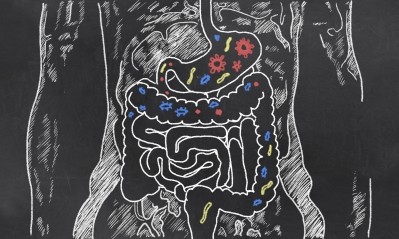Bio-hacking and neuro-nutrition will emerge in 2018 as consumers use food to control health

“Harvard’s TH Chan School of Public Health just reported that by the time today’s kids are 35, half of them will be obese,” while at the same time Barilla’s Center for Food and Nutrition ranked the US 21 out of 34 countries in their food sustainability index because of the country’s inability to fight nutritional challenges, Lempert said.
“It is time to get our priorities straight,” and one way to do that is through the emerging consumer interest in neuro-nutrition and bio-hacking, which Lempert predicts will take off in 2018.
Brain health claims on the rise
“Neuro-nutrition looks at how foods affect our brains and bio-hacking breaks all the rules to create a science for more individualized nutrition and products,” he explained during his recent 2018 trends report.
“We have moved from heart health to bone health to gut health and now brain health,” he added, noting that the “food and brain connection is important from growing our food to cooking to how we eat the nutrients themselves.”
Specifically, he predicts, “EPA and DHA omega-3s [will] explode and become pervasive ingredients in all food and beverage products for all consumers from infants to seniors.”
He also noted that brain health claims have increased 36% on products globally over the past five years, according to data from Innova. More broadly speaking, he said, Innova indicates better-for-you claims appear on almost half of all products globally.
“We see trends from snack bars to baby foods to supplements that are among the fastest growing,” he added.
Insects and DNA testing offer two paths forward
An unexpected future source of better-for-you and brain health claims could be insects, Lempert predicts.
He explains: “Bugs are big, and getting bigger. They are loaded with nutrients and protein. And their positive nutritional cost and environmental profile are finally making their way into our diets,” not in the form of sandwiches but as ingredients.
For example, he noted, crickets contain more iron that spinach, more B12 than salmon or beef, more calcium than milk and nine times more omega than wild salmon. Likewise, mopane caterpillars are rich in zinc, copper, manganese and magnesium, while red ants are high in protein and low in unhealthy fats.
Finally, Lempert said that more companies are developing and successfully marketing DNA test kits that will help consumers determine what foods are provide them the best path forward for healthy nutrition.

















